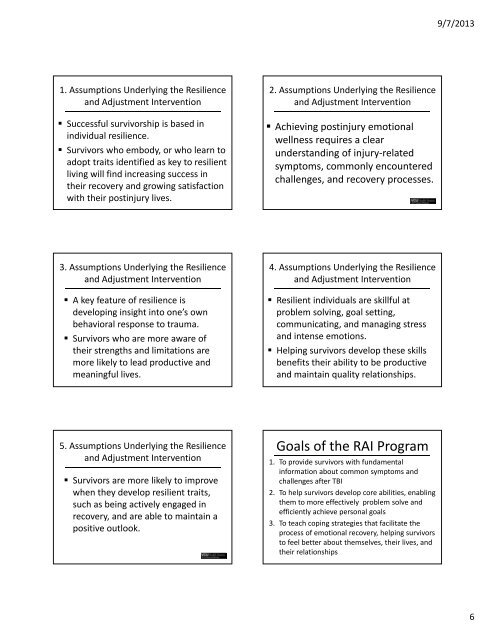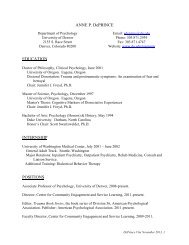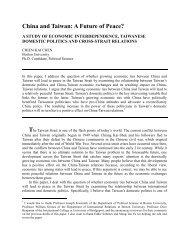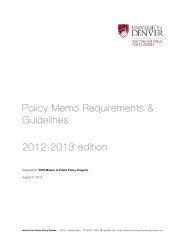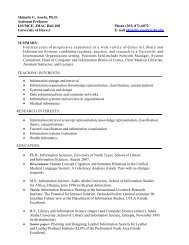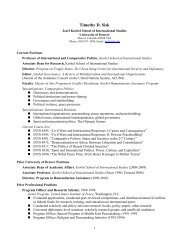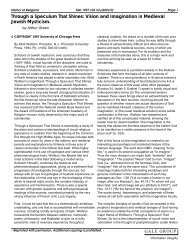View slides from this lecture.
View slides from this lecture.
View slides from this lecture.
You also want an ePaper? Increase the reach of your titles
YUMPU automatically turns print PDFs into web optimized ePapers that Google loves.
9/7/2013<br />
1. Assumptions Underlying the Resilience<br />
and Adjustment Intervention<br />
• Successful survivorship is based in<br />
individual resilience.<br />
• Survivors who embody, or who learn to<br />
adopt traits identified as key to resilient<br />
living will find increasing success in<br />
their recovery and growing satisfaction<br />
with their postinjury lives.<br />
2. Assumptions Underlying the Resilience<br />
and Adjustment Intervention<br />
• Achieving postinjury emotional<br />
wellness requires a clear<br />
understanding of injury‐related<br />
symptoms, commonly encountered<br />
challenges, and recovery processes.<br />
3. Assumptions Underlying the Resilience<br />
and Adjustment Intervention<br />
• A key feature of resilience is<br />
developing insight into one’s own<br />
behavioral response to trauma.<br />
• Survivors who are more aware of<br />
their strengths and limitations are<br />
more likely to lead productive and<br />
meaningful lives.<br />
4. Assumptions Underlying the Resilience<br />
and Adjustment Intervention<br />
• Resilient individuals are skillful at<br />
problem solving, goal setting,<br />
communicating, and managing stress<br />
and intense emotions.<br />
• Helping survivors develop these skills<br />
benefits their ability to be productive<br />
and maintain quality relationships.<br />
5. Assumptions Underlying the Resilience<br />
and Adjustment Intervention<br />
• Survivors are more likely to improve<br />
when they develop resilient traits,<br />
such as being actively engaged in<br />
recovery, and are able to maintain a<br />
positive outlook.<br />
Goals of the RAI Program<br />
1. To provide survivors with fundamental<br />
information about common symptoms and<br />
challenges after TBI<br />
2. To help survivors develop core abilities, enabling<br />
them to more effectively problem solve and<br />
efficiently achieve personal goals<br />
3. To teach coping strategies that facilitate the<br />
process of emotional recovery, helping survivors<br />
to feel better about themselves, their lives, and<br />
their relationships<br />
6


